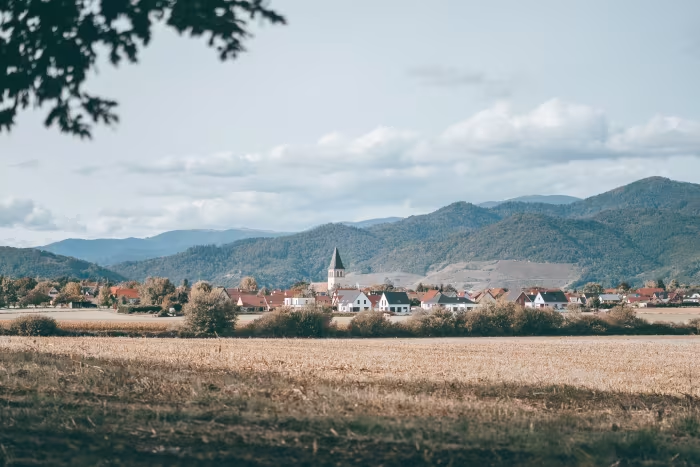A step-by-step travel guide

The trip from Malmö to Nice by train is fantastic. The journey takes 3 days, through beautiful landscapes, stopping in Bremen and Zürich on the way.
Price fr. ⏳⏳
Find tickets- Day 1
- ⏳⏳ ⏳⏳ ⏳ ⏳⏳ ⏳⏳ ⏳⏳ ⏳ ⏳⏳
- ⏳⏳ ⏳ ⏳⏳ ⏳ ⏳⏳ ⏳ ⏳⏳ ⏳
Good to know when traveling from Malmö to Nice
First and second class
Wouldn’t it be great if there were only a few, standardized, alternatives when choosing class? We agree. However, the train operators themselves choose what they call their different class options, which means they tend to be called things like "Sparpreis", "Super Flex Premium" and sometimes just "Seat". This is not ideal and we are working actively to standardize how ticket options are listed on All Aboard.
Which option you choose to travel with is entirely up to you. The more expensive options usually mean better comfort. If you feel unsure about what applies to each class option, you can check it out on the train operators' websites, or in their terms and conditions.
Train stations in Europe
We know that finding your way at a train station you've never visited before can be tricky. In the list below you find station maps of some of the bigger train stations in Europe.
France: Gare de Lyon, Gare du Nord
Germany: Berlin, Hamburg, Frankfurt, Leipzig, Munich.
Is there wifi on the train?
There are few things as nice as watching a movie, listening to a good podcast or getting some work done on the train. And fortunately most long-distance trains in Europe today offer free wifi onboard.
Eurostar, Renfe, SNCF and Deutsche Bahn let you get access to wifi on the majority of their trains. If having wifi is very important to you, the best way to really know if wifi is available is to google the train number (that can be found on your ticket) and you'll find out.
For EU residents
Should the wifi connection let you down, as an EU resident, you still have the luxury to take advantage of free roaming in all EU countries, just remember to turn on roaming in your phone's settings. If you are an EU resident traveling through a non-EU country such as Switzerland, the UK, or Norway, it could be a good idea to bring a 4G dongle in your bag, and switch off roaming to avoid hefty bills.